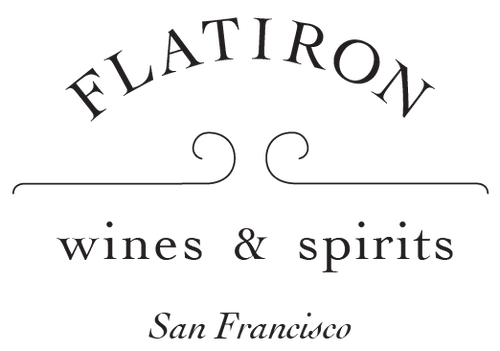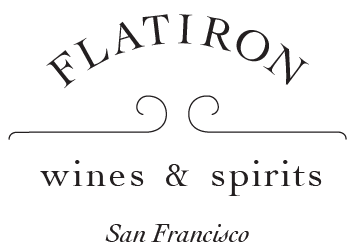Brovia
Neal Rosenthal has worked with the Brovias for decades, since he imported the 1978, one of the great years of the last half century for sure.
The farming here by the Brovia sisters Cristina... Read More
Neal Rosenthal has worked with the Brovias for decades, since he imported the 1978, one of the great years of the last half century for sure.
The farming here by the Brovia sisters Cristina & Elena and Elena's husband, Alex, is natural, using zero chemicals in the vineyard. This approach continues in the cellar where the indigenous-yeast fermentations in old, glass-lined concrete tanks took about a month this vintage. Always a pretty old-fashioned house, Brovia has recommitted to more traditional elevage. In 2008 they reintroduced large Slavonian casks for the first 18 months of aging, followed by another year and a half in French oak (previously, the wood was all French; both are 30hL).
But the best part is the family's vineyards. With holdings in Altenasso (Garblèt Sue'), Villero, and Rocche di Castiglione, Brovia underscores Castiglione Falletto's crossroads nature. Standing at the meeting point of Serralunga's Helvetian limestone soils of in the east and the sandier Tortonian ones to the west, CF vineyards vary enormously, and Brovia's bottlings offer a unique annual survey of what's happening in the zone.
And, as if that weren't enough, there are the vines in Serralunga at Brea, a cru that was featured in Renato Ratti's famous '70s-era map of Barolo's top sites, but which fell off collectors' radar for many decades. Preeminent cartographer and Barolo expert Alessandro Masnaghetti credits the Brovias with returning Brea to its former high regard.




